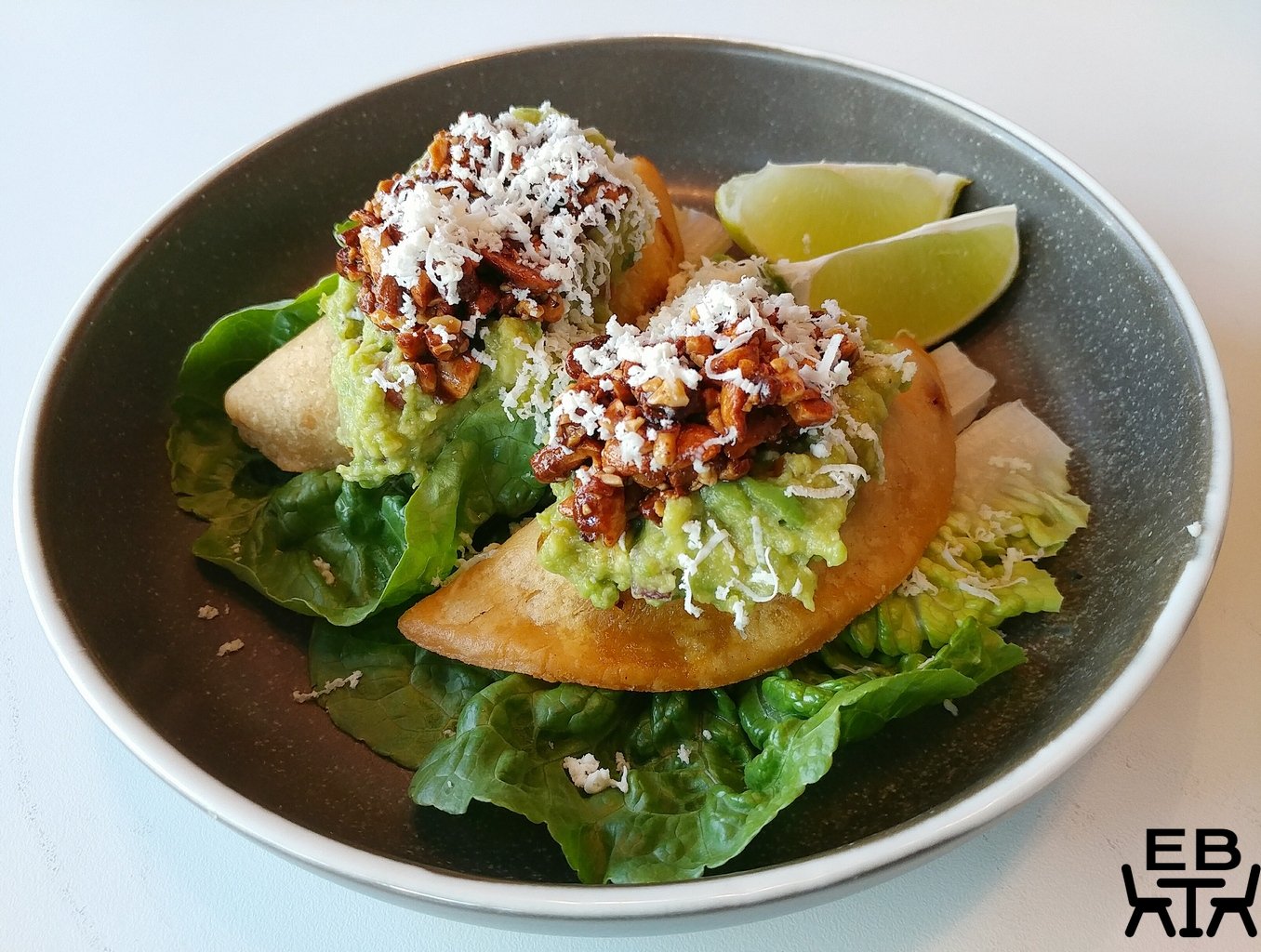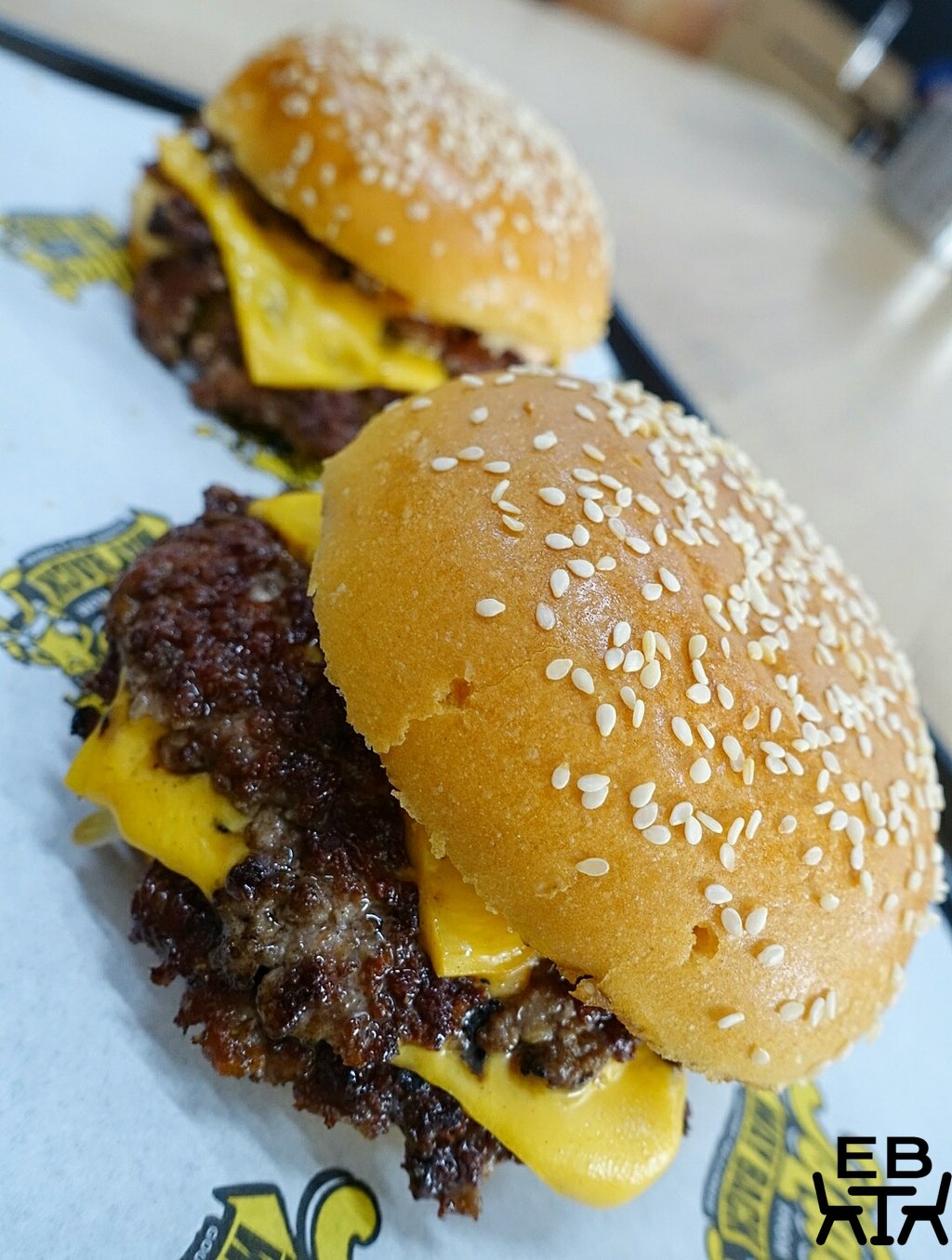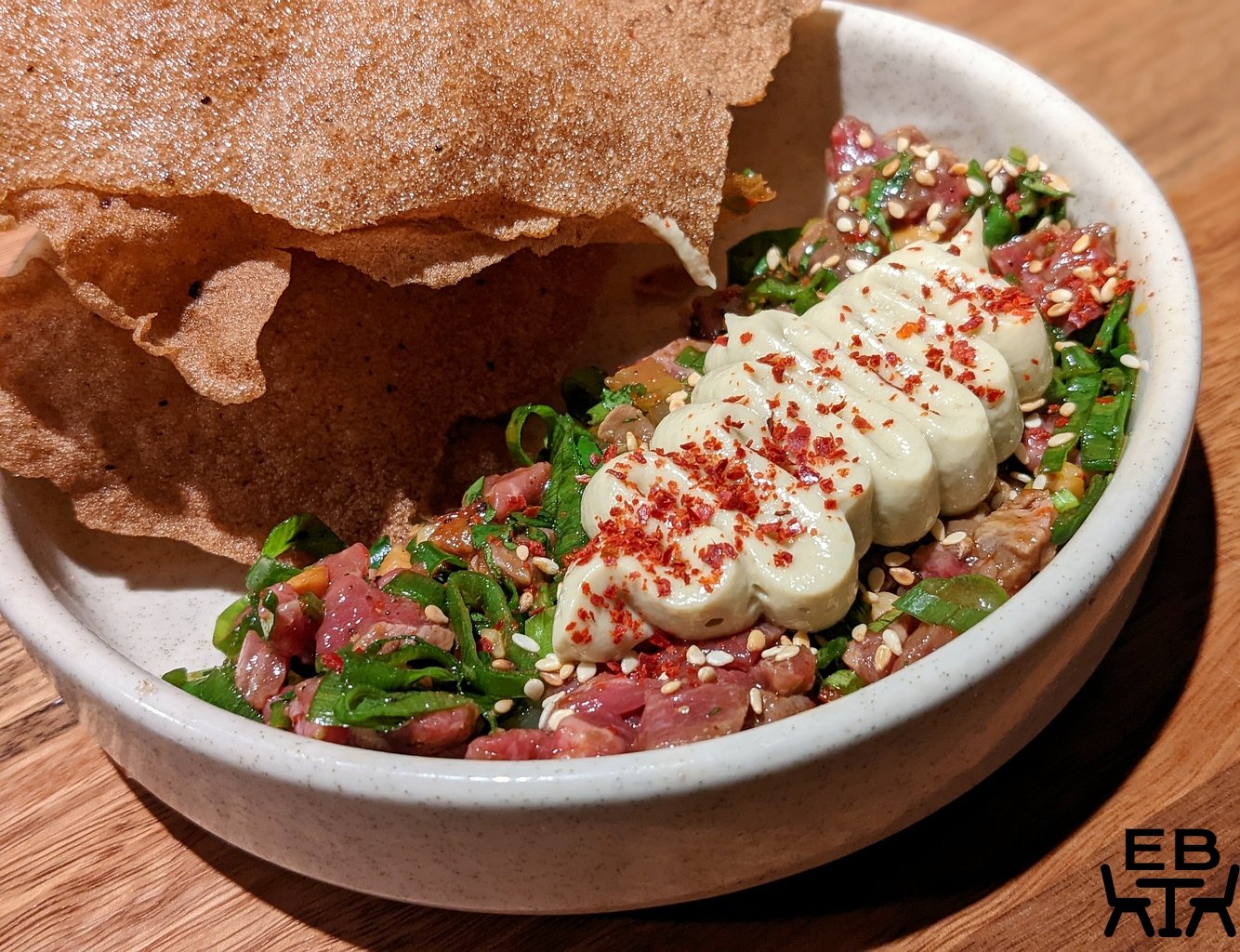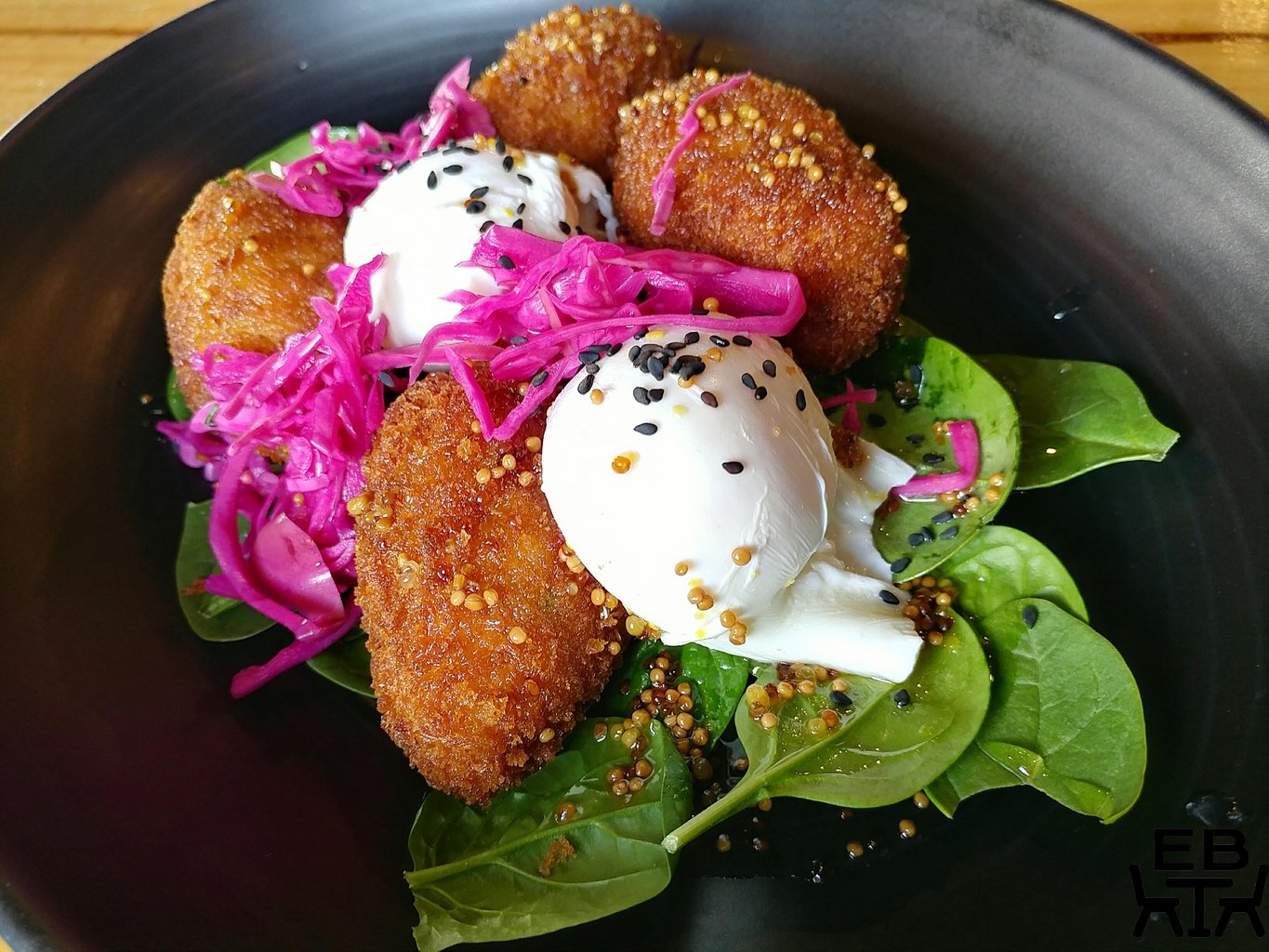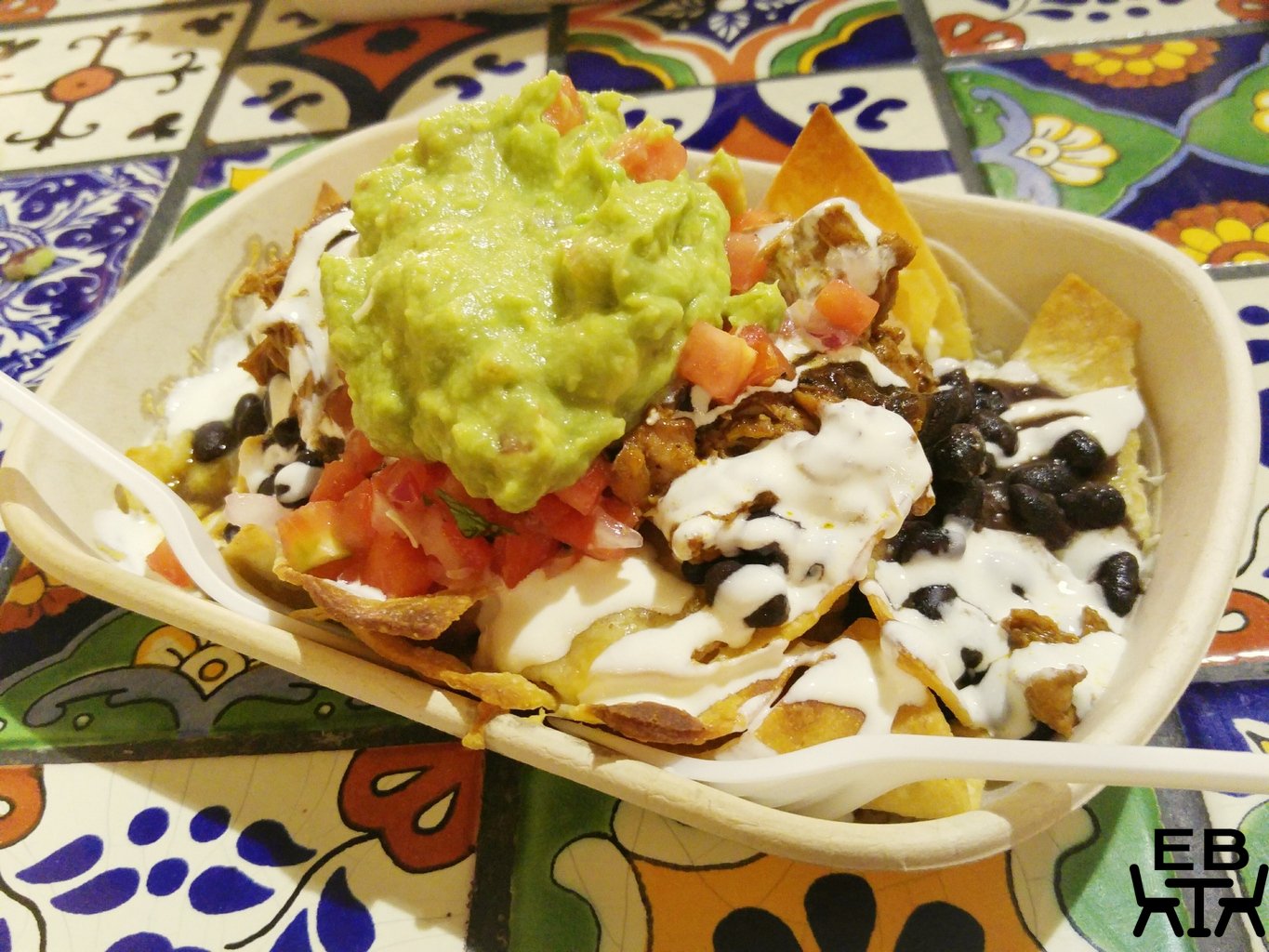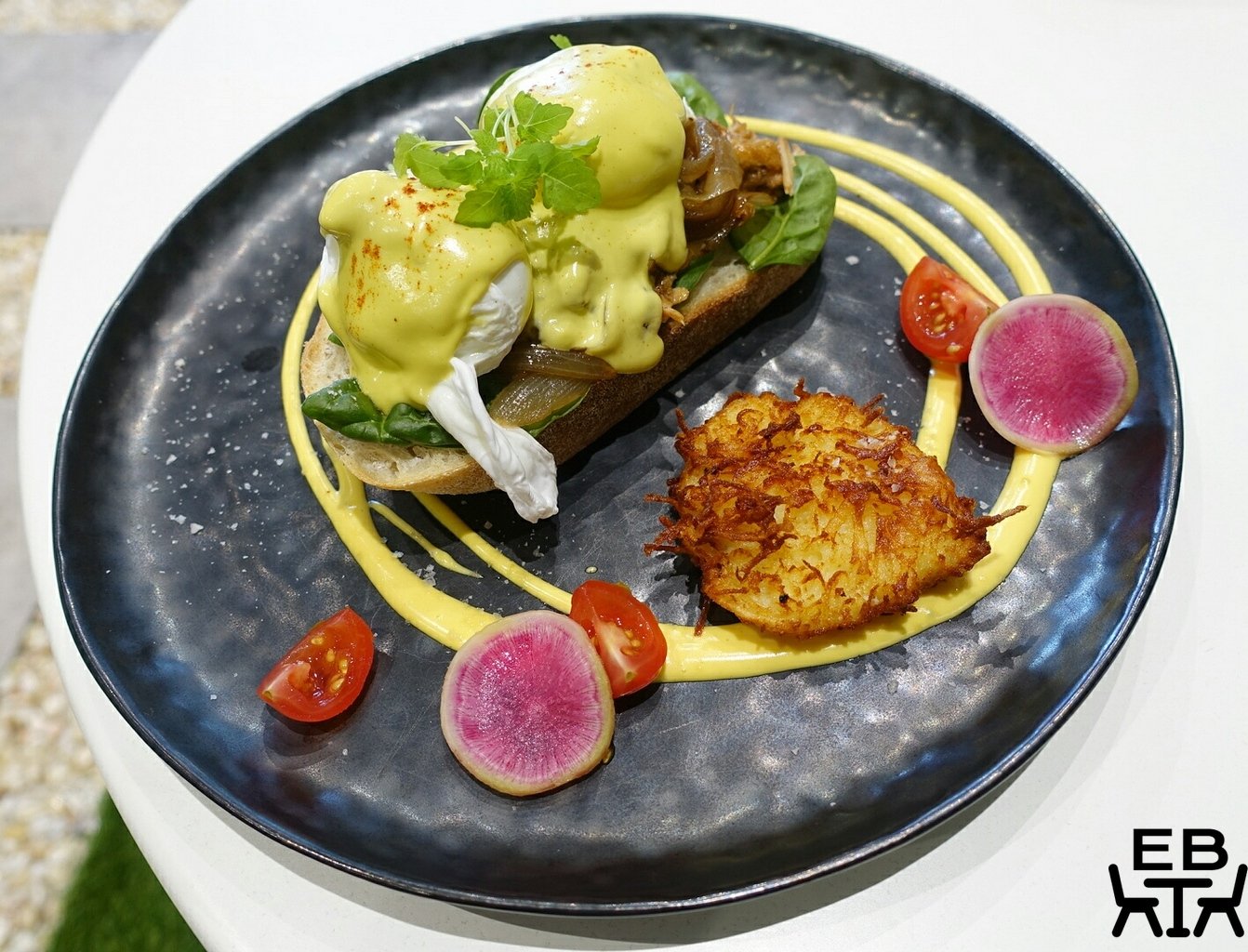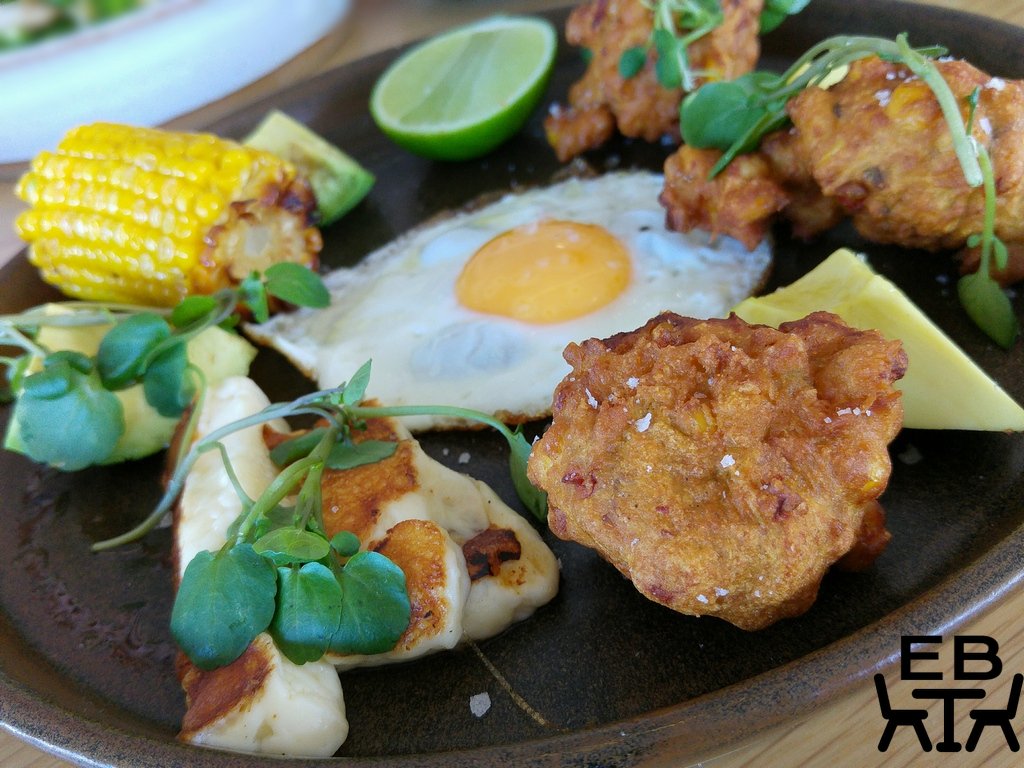Last updated on May 20, 2019
La Diosa Mexicana opened in Surfer’s Paradise a couple of months ago, and though we missed the opening, we took the opportunity to take up an invitation to visit when we made a trip to the Gold Coast.
“La Diosa” translates to “the goddess”, so the name of the restaurant means “The Mexican Goddess”. There are a number of goddesses in the Aztec mythology, and it is not evident which one in particular they are paying homage to. Given the bloodthirstiness and sacrificial demands of most Aztec deities though, perhaps it is more a figurative than literal reference.
La Diosa Mexicana is located in Circle on Cavill, so an easy to find place in Surfer’s Paradise even if you are not entirely familiar with the area. We parked in the shopping complex to keep things easy. The restaurant can validate parking for diners, so you get the first couple of hours free.

The restaurant sits just past the central green space. The covered outside seating area, demarcated by the blue-tiled partition, is the first thing you can see of the restaurant from further away. As you approach, “La Diosa”, in lighted aquamarine, becomes visible at the front of the restaurant.

Walking into the main dining area of the restaurant, we found ourselves in a space with elements of design that clearly referenced Mexico. The most immediately eye-catching was the neon green outline of a cactus on one wall. There were also a number of real cacti scattered around the restaurant, adding colour and desert feels. A painted cow skull hung on another section of the wall. A series of arched doorways offered glimpses into the kitchen, and made one think of the Spanish Colonial building styles.

There was seating indoors and outdoors, and a range of seating options, from tables that would suit two and four, to arrangements that would fit larger groups. There was a bar-height table and chairs near the service counter, and in another area of the restaurant, booth-style seating around a large table, beside a lively mural of more cacti.
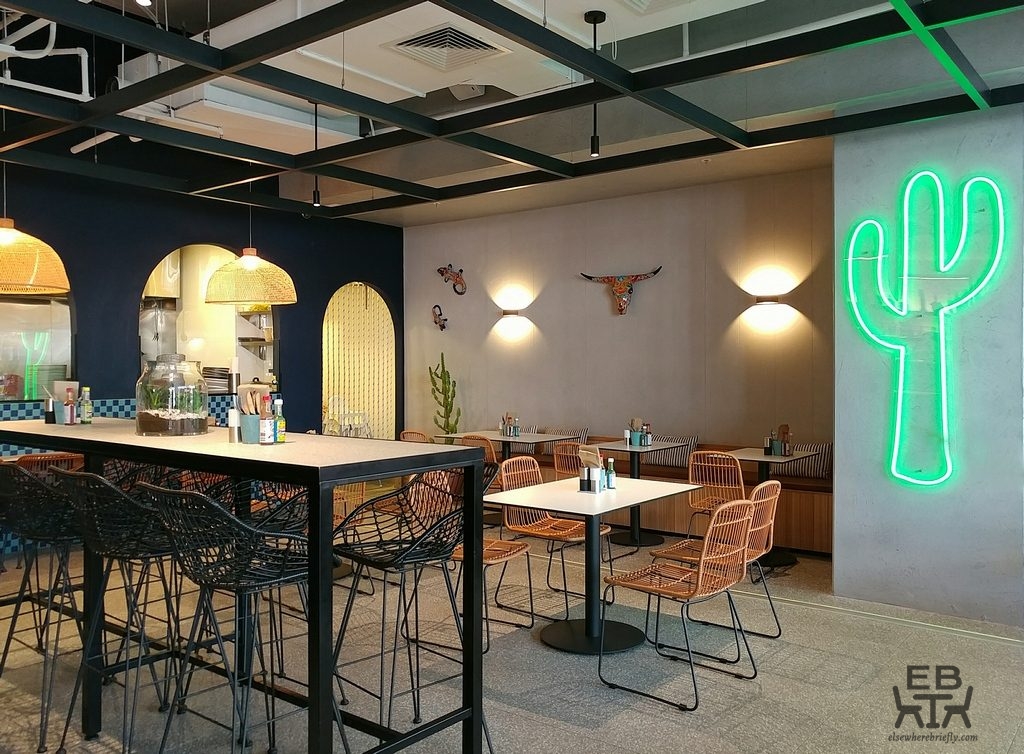
The colour scheme of sandy hues and blue-green shades, with accents in black, and the decorative elements, made it look Mexican, but modern rather than kitschy. There was plenty of natural light through the large windows, which were opened to the outside on a day with pleasant weather.

We were greeted by staff, and, as it was not busy at the time we were there, were invited to sit at any table we liked. Given the opportunity, we picked the large table near the mural, for the light, space to put food (cluttered tables make it hard to get good dish photos), and the interesting backdrop.

The table, already had condiments (salt, pepper, and of course, Mexican hot sauces) and a pot holding cutlery and serviettes. Cups, a bottle of water, and menus were brought to us.

The menu was on a single large sheet with options in familiar headings of Tostadas, Tacos, Ensaladas, Burritos, Quesadillas, Sides, and Dulces. Less familiar were the Botanas (snacks) and Platos Fuertes (main courses). There were a few choices under each heading (six under Tacos alone), and we were torn between the tempting possibilities. Fortunately, staff offered to decide for us, and we thought that that option might be best of all. It is also worth noting that they have a small Kid’s menu, and a separate $15 Express lunch menu. There is also a separate Breakfast menu if you are there at a breakfasting time.

They also have an impressive range of alcoholic drinks, for those that do drink, including a variety of margaritas, tequilas, ans mezcals. Amongst their non-alcoholic options are Jarritos, Mexican soft drinks in a number of fruit flavours. They didn’t have Guava at the time, so we went with the Mango.
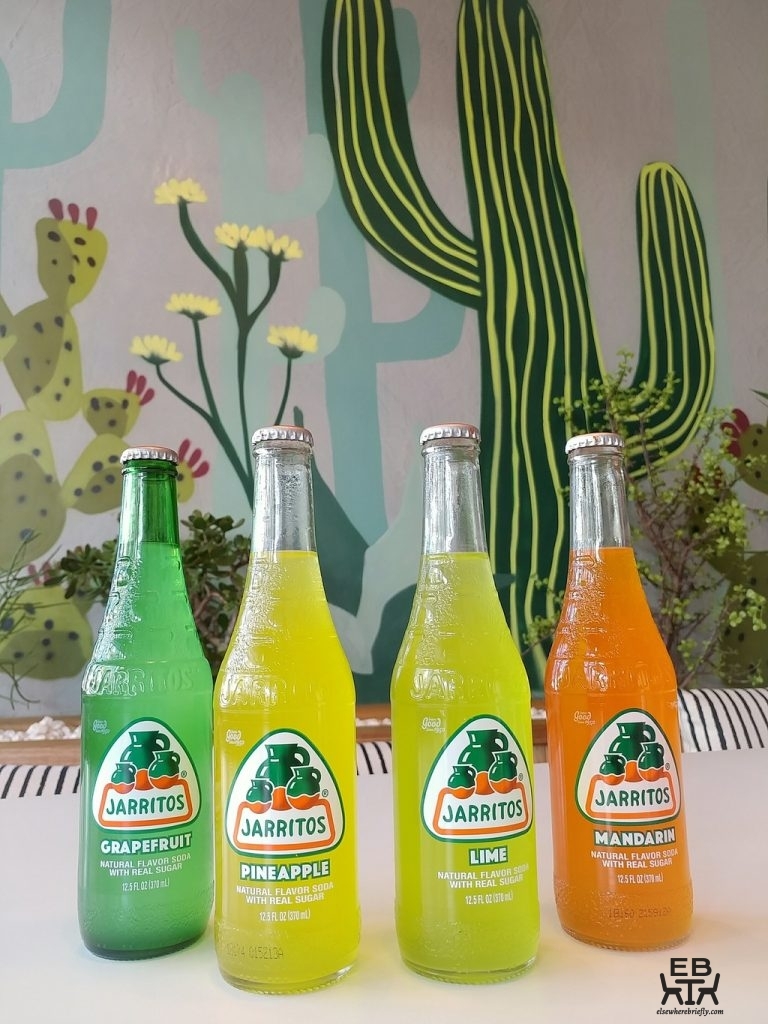
The first dish brought out was the Bunuelos, which were corn and prawn fritters with queso and chimichurri. The little pyramid of golden brown fritters served on a stoneware dish, drizzled with verdant green chimichurri and topped with the shredded queso looked promising. The fritters are also listed as a dish on the breakfast menu, and we had intended to get that if we wound up there in time for breakfast, so we were glad to be able to try them. The fritters were a bit more than bite size, pleasingly crunchy on the outside, and more content than just batter on the inside. There were plenty of whole corn kernels in the mix, which you could see from the knobbly appearance of the fritters, and they had a good pop and natural sweetness. The prawn pieces were springy, rather than being overcooked. These were among the best fritters we have had around the traps, and ones that actually fit our definition of fritters, rather than being pancakes with fillings. The queso added some creaminess to the mouthful, and the chimichurri packed some herby zing. The bunelos sit on the lunch and dinner menu as an entree, but if there for breakfast, we can recommend getting a larger dish of them.




The next item brought to the table was a tray of their nachos, on the menu as La Diosa Nachos. They are in the Plato Fuertes section of the menu, so expect a solid sized serve. When the baking tray-sized dish arrived, we wondered how we were going to fit other food in after that. The layered toppings of guacamole, crema, shredded cheese, and house beans almost hid the tortilla chips below. The pico de gallo mix with diced tomatoes, sliced radish, capsicum, jalapenos, and corn kernels added freshness. There were also wedges of lime to squeeze over it for more flavour. The corn tortilla chips were the right thickness to be able to take the weight of a scooped mound of toppings and safely ferry it into your mouth. The chips were not oily, and managed to not get soggy, despite us taking pictures for a bit (although it was a tasty mix, trying to make it look photogenic was challenging). If you want it to be extra filling, you can also have chicken or pork in it for extra cost.



The sizeable nachos were followed by a more restrained, but beautifully presented dish of Molotes, which were prawn, squid, fish, and chorizo-filled corn cakes, topped with guacamole, peanut-chilli salsa, and shredded queso, wrapped on cos lettuce leaves. They were accompanied by a couple of wedges of lime. The plating was simple, but elegant, and would not have been out of place in an upscale restaurant. Eating it was less delicate though, and involved picking the pastry up, with its leaf wrap, and getting some leaf, pastry, and toppings in each mouthful. They were generous with the guacamole and nuts, and the topping mound remained stable..until the structural destabilisation of the bite. The molotes were also a good deal larger than bite size, so you could not hope to cram it all into your mouth in one go. Perhaps the lettuce leaf was there to try to catch the fallout and hold things together. It was a worthwhile endeavour to try to get a bit of each element in each mouthful though, as it all worked together well. The pastry of the corn cakes had good texture, not too thick and not doughy, but sturdy enough to hold the fillings. It was crisp on the outside, and had a little chew to it when bitten into, a little like a good curry puff pastry. The pastries also had a good amount of filling inside, so they were like plump pillows, and contained the actual proteins as described. These were cooked well, so still had the right textures, rather than being tough and chewy. The guacamole mix was fresh and creamy, with some diced avocado in the mix rather than it all being pureed, so it had a bit more texture. A little diced onion gave it a bit of punch. The peanut chilli salsa had a roasted, savoury glaze, and was actually a mix of almonds and chopped peanuts. The textural crunch from different sizes of nut pieces added interest to the bite. The chilli salsa had a faint heat, rather than being too fiery. When had all together, this had a great variation of flavour and texture. In fact, we enjoyed this dish so much that we ordered another serving of it separately afterwards.




Following that was another popular Mexican dish, Fajitas. As is often the presentation style, the components were placed separately for patrons to compose the wraps themselves. On a large grill pan were placed the folded tortillas, and domes of crema and slaw, guacamole, pico de gallo, roasted capsicum with caramelised onions, and a mix of chicken and pork cooked Al Pastor. When you order the fajitas, you have a choice of either chicken or pork, or a mix of both. As we subsequently found when we peered into the kitchen, Al Pastor is a style of cooking that will be very familiar to anyone who is partial to a kebab or gyros. “Al Pastor” means “shepherd style”, and came from the Lebanese immigrants to Mexico. A good example of immigration being culturally enriching. Read more about it here.

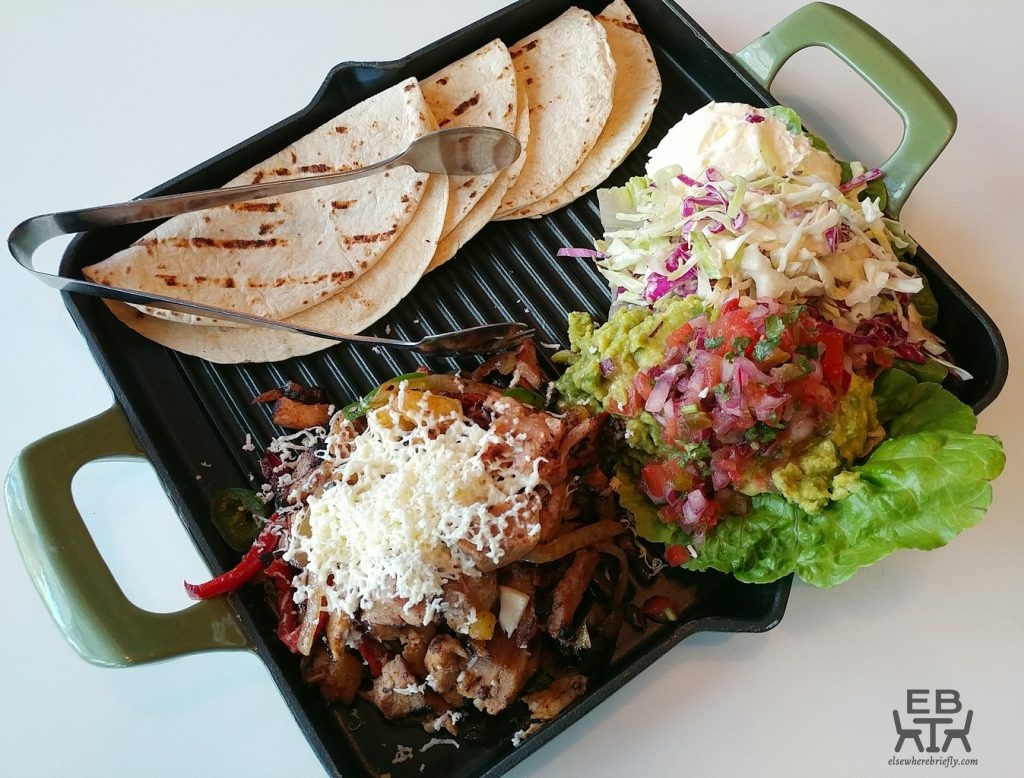
The tortillas were flexible rather than brittle and dry, and though they were thin, they held together well without splitting from ingredient load. The Al Pastor chicken and pork had smoky flavours from the grill, and some sweetness from the marinade. The meat was well cooked, but not dry. The mix of roasted capsicum and caramelised onions also had some orange pieces mixed in, for a sweet citrus note. The crema was like sour cream, but was milder in flavour. This and the guacamole gave it different densities of creaminess. The freshness of the pico de gallo countered what might otherwise be a heavy dish. Putting all of it together, there was a good mix of flavours and textures in each mouthful. It had a greater range of flavours than the fajitas in many other Mexican eateries, encompassing savoury, sweet, smoky, herby, and a little tart tanginess.



We were, unsurprisingly, quite full by this point, but there is always room for dessert. Always. We had heard about their signature dessert, the Flaming Cacti, and when we were told that that would be what would be coming to the table, we got our cameras ready in anticipation. Described in the menu as a sweet corn and salted caramel ice cream bomb with blueberries flamed with Mezcal, this promised to be food and theatre. In our minds, it would be a branching Saguaro cactus, like the ones so typically depicted in icons, resembling the ones on the walls. The real dish took the form of a barrel cactus (so singular, rather than multiple). To their credit, it did have stripes like the cacti on the wall, and, pragmatically speaking, it was a more stable shape and more practical to make. The mezcal was poured on and set alight. We could see the blue and purple flames, but the cameras didn’t really pick it up due to the stronger surrounding daylight. This would likely be a more dramatic sight at night, a way to finish the meal with a flair. There was certainly plenty of the alcohol left after the flaming, and the blueberries at the bottom of the dish soaked in it. Cutting into the cactus (dissected because we really wanted to see what was inside), we found it to be made of sections of sweet corn ice cream and salted caramel ice cream, surrounded by layers of cake to hold it together, then coated with the meringue that allowed them to create the cactus look. When had separately, you could actually taste the different ice cream flavours. The sweet corn ice cream had sweet corn kernels in it, and had a definite corn note above just sweetness. The salted caramel ice cream was more sweet than savoury. As Heston has described, and food scientists know, ice cream has to be sweet and stronger in flavour for your taste buds to pick up anything over the cold. We found it to still be quite a sweet dessert even taking that into account though, particularly with the sweet meringue. The cake at the base took up some of the remnant alcohol, and that and the soaked blueberries made it quite a boozy dessert. Although the menu says that it would feed two to four people, it would really have to be rather hungry two people to finish it.
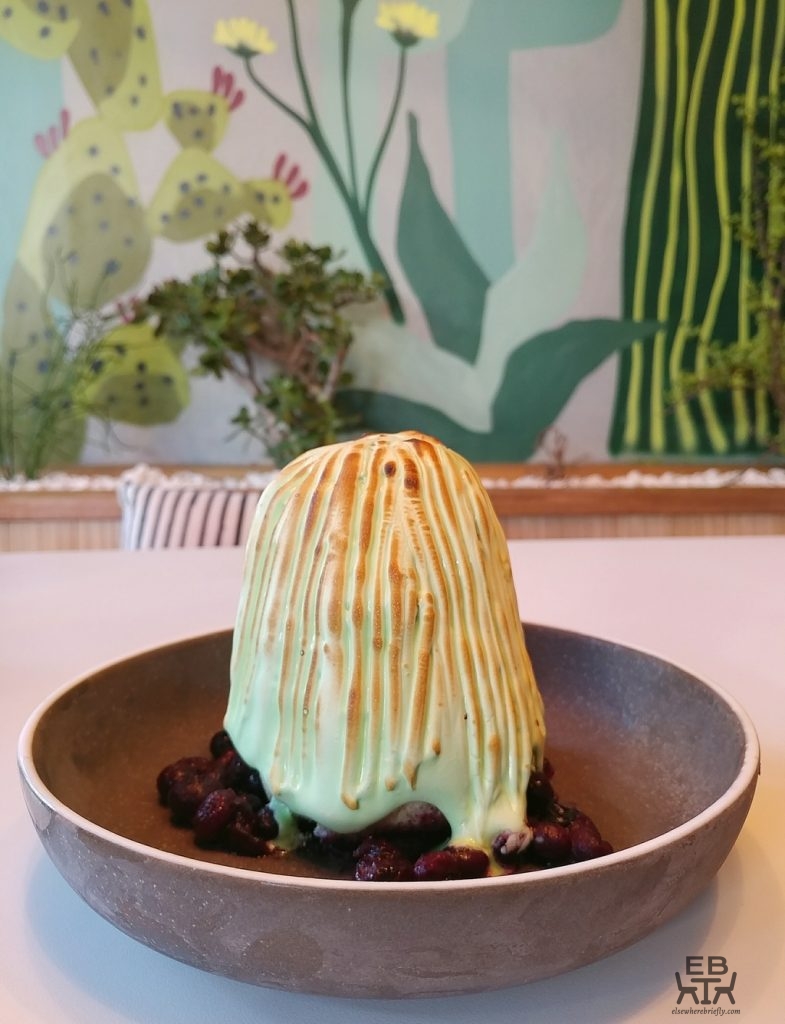
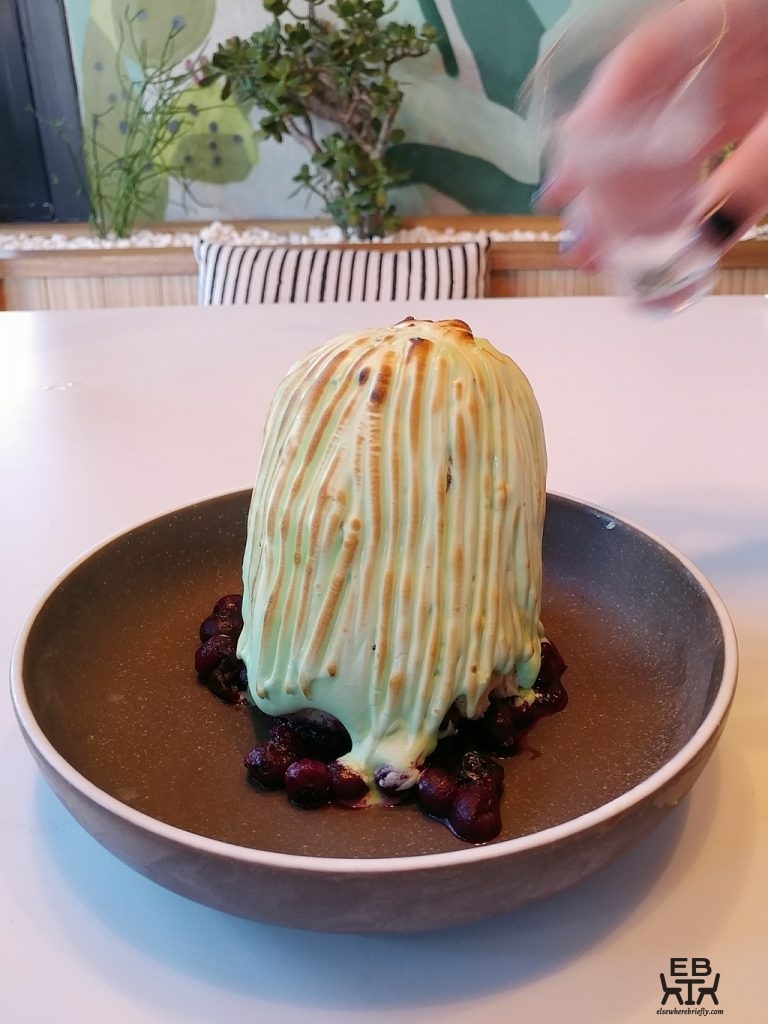

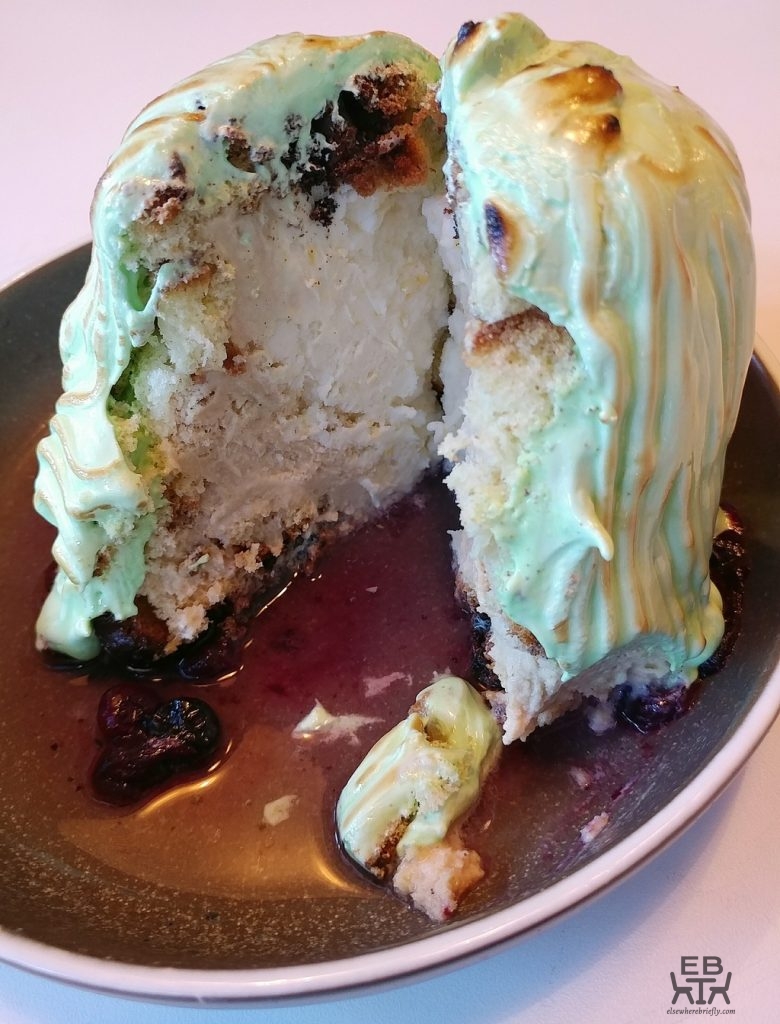
We enjoyed the food at La Diosa Mexicana. The influx of Mexican fast food places in the last couple of years has led a lot of people to associate Mexican food with burritos filled with beans and rice. La Diosa goes beyond that though, and offers dishes with different components and fresh flavours. It reminded one of us of the Mexican food had on a previous trip to Texas, not the Tex Mex variety, but the more authentic Mexican cuisine. It is also worth noting that they do specials besides their express lunch, like a feast menu for groups, Taco Tuesdays, Thirsty Thursdays, and Sangria Sundays. If you are after delicious Mexican food, or a good place for a group gathering, you should check La Diosa Mexicana out.

Scores:
Food: 3.5/4
Setting: 1.5/2
Service: 1.5/2
Total: 6.5/8
Price point: Entrees $6 to $22. Main dishes $22 to $29. Burritos and quesadillas $19 to $19.50. Tacos $15 to $17 for two. Flaming cacti $26.
Value: Not bad, for what you get.
Details:
Address: Circle on Cavil, 3184 Surfers Paradise Boulevard
Surfers Paradise
Phone: 07 5592 4343
Website: La Diosa Mexicana
